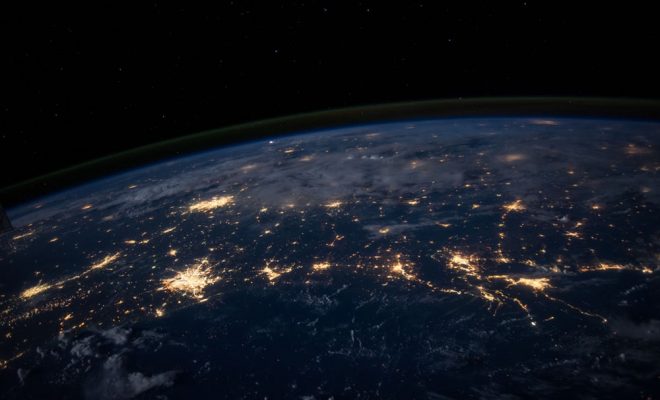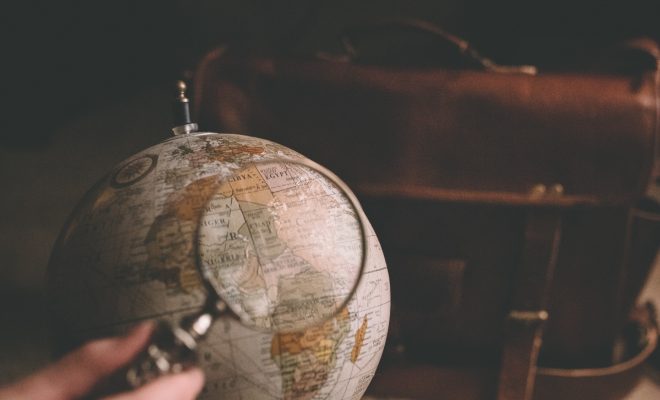The Science of Geography Should Be Taught in Schools

Several secondary education schools, especially in the U.S., include minimal geography classes. Instead, they focus on many physical and cultural sciences, like biology, geology, anthropology, and history, that come within the scope of physical geography and cultural geography.
History of Geography
Gradually, the trend is changing, and geography is not being ignored like before. Universities have started recognizing the significance of geographic training and study. They are offering more degree opportunities for this subject.
But geography is yet to be acknowledged as a progressive science. Let us discover the historical background of this subject, the uses of geography in the present, and the models, technologies, and methods that form a part of geography. All this shows that geography is a significant science.
Geography is one of the ancient sciences. Maybe it is the oldest science because it tries to answer the most ancient questions of man.
Eratosthenes
It was recognized as one of the scholarly disciplines in ancient times since the time of Eratosthenes. He is a well-known Greek scholar. He is known as the father of geography. He lived in about 276-196 B.C.E. He could calculate the earth’s approximate circumference.
Claudius Ptolemaeus or Ptolemy
He lived in Rome during 90-170 C.E. His famous works include Geography, Almagest (geometry and astronomy), and the Tetrabiblos (astrology). They helped to improve the geographic understanding of the individuals in those times.
Grid coordinates, latitudes, and longitudes were utilized for the first time. During the period of the Renaissance, Ptolemy’s work had an impact on many geographers and cartographers.
Alexander von Humboldt
He was a German geographer, scientist, and traveler during 1769 – 1859. Alexander von Humboldt is called the father of modern geography.
He discovered magnetic declination, continentality, and permafrost. He created innumerable detailed maps based on his extensive travels. He invented the isotherm maps with isolines representing points with an equal temperature. Kosmos is his best geographical work.
Science in Geography
Scientific methods, logic, and principles are in use in modern geography. Many significant geographic inventions and discoveries could be possible because of these principles. The discovery of the compass, earth’s magnetism, north-south poles, latitude – longitude, projections – maps, globes, rotation – revolution, and the modern remote sensing, GIS or geographic info systems, and GPS or global positioning systems have all originated from an understanding of mathematics, the earth, and its resources.
We use simple globes, maps, and compasses to learn about cultural and physical geography. But we also make use of digital compasses and maps. Besides this, we use remote sensing and GIS to understand the earth, its regions, processes and elements, the atmosphere, and how they can be associated with humans.
Conclusion
Significant discoveries, explorations, and expansion and advancement would not have been possible without significant geographers like Eratosthenes, Ptolemy, and von Humboldt. Using their methods, such as observation, exploring, research, and mathematics, has made it possible for human beings to see the world in unimaginable ways and experience progress.
If we recognize geography’s significance as a science and study and utilize the latest geographic tools, it will be possible to make more discoveries in the world.






